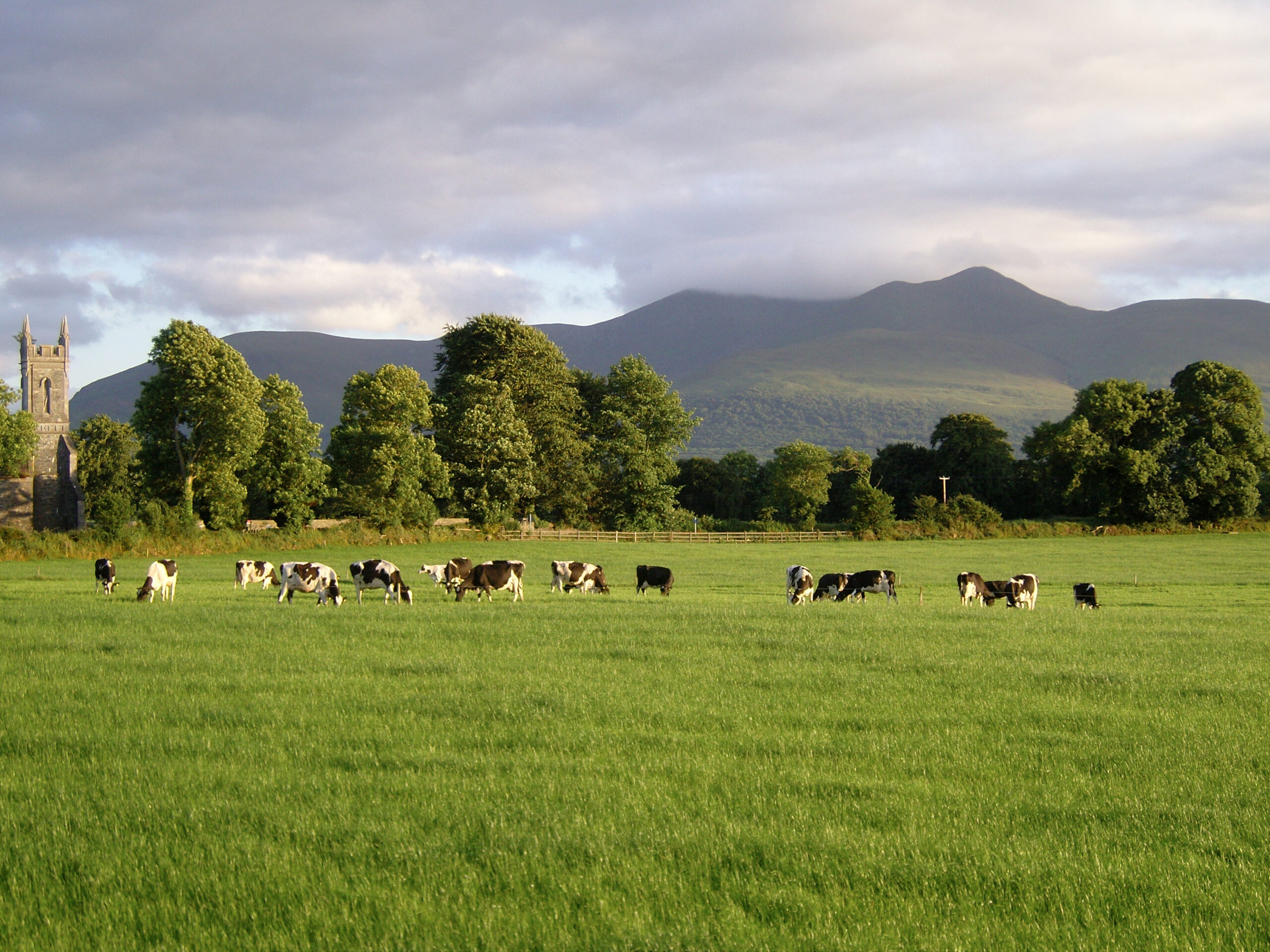In contrast to the previous two years, average steer prices increased through the month of April and have continued to do so through May and June. For steers meeting the R4L specification, during the week ending 10th June the price was 369.9ppkg, some 36.6ppkg above last year’s levels. Heifer prices have increased to 371.5ppkg. The weakness of the Pound continues to help the competitiveness of the domestic market and in particular the cow price. There has been good export demand for cow beef, prices have been increasing on the continent, as the recovery in the milk market has seen slaughterings reduced. Carcases meeting -O4L specification for the week ending 10th June were 274.5ppg; this is a 38.4ppkg increase since the turn of the year. Consumer demand remains robust for beef, but if the economy does falter we could see a switch to lower cost meats.
Lamb prices have taken a seasonal downturn as the number of spring lamb coming through markets increases. In the week ending 17th June, the GB NSL SQQ fell by 12.76ppkg to end at 233.77ppkg. Even so this is 53.27ppkg better than for the equivalent week in 2016. The deadweight price for the week ending 10th June was 504.3ppkg, only falling marginally on the week. The deadweight SQQ is 70.5ppkg more than for the equivalent week in 2016. Weekly slaughter numbers are above last year’s and, if this continues as expected, prices could come under further downward pressure.
Pig prices continue to remain strong. The EU-spec SPP for the week ending 10th June increased by 0.85p to 161.70ppkg. This is 41p above year-earlier levels and is the highest price since July 2014. The weak Pound continues to boost the domestic market, making imports more expensive and exports competitive.
Prices in the livestock sectors have certainly been given a boost due to the weakening of the Pound following the Brexit vote. This could turn out to be a short term boost and producers need to be using this time to ensure their businesses are ‘match fit’ for the post Brexit world.
